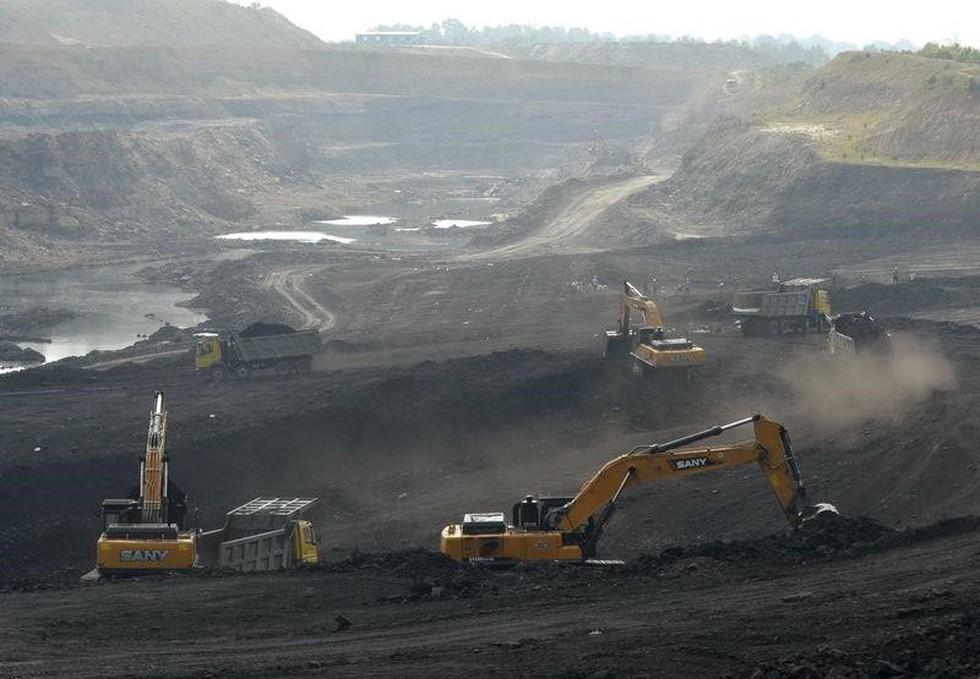About Coal Mines (Nationalisation) Act, 1973:
- It was enacted by the Indian Parliament, providing for the acquisition and transfer of the right, title and interest of the owners in respect of coal mines specified in the Schedule.
- The Schedule to the Act contained a list of about 711 coal mines located in different parts of the country.
- Objective: To ensure the rational, coordinated and scientific development and utilisation of coal resources consistent with the growing requirements of the country.
- Under the Act, coal mining is exclusively reserved for the public sector.
- By an amendment to the Act in 1976, two exceptions to this policy were introduced, viz.
- captive mining by private companies engaged in the production of iron and steel;
- sub-lease for coal mining to private parties in isolated small pockets not amenable to economic development and not requiring rail transport;
- It was amended e.f. 9.6.1993 to allow private sector participation in captive coal mining for generation of power, for washing of coal obtained from a mine or for other end uses to be notified by Government from time to time in addition to the existing provision for the production of iron and steel.
- Under the Act, the allotment of coal mines for captive use was based on the recommendation of a high-powered committee chaired by the Secretary, Ministry of Coal.
- Mining of Coal for captive use for the production of cement has also been permitted by the Government notification.
What are Captive Mines?
- Captive mines are the mines that are owned by companies.
- The coal or mineral produced from these mines is for the exclusive use of the owner company of the mines.
- The company cannot sell coal or mineral outside.
